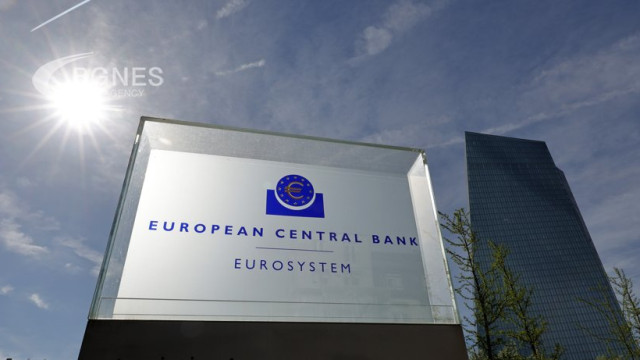Economic growth in the eurozone expanded more than expected in the first quarter, with GDP up 0.3% on the previous quarter and inflation remaining stable at 2.4%, Eurostat said.
Analysts surveyed by Bloomberg and Factset had expected average growth of 0.1% in the first three months of the year.
Gross domestic product (GDP) fell 0.1% in the previous two quarters, implying a technical recession in the second half of 2023, according to data released by the European Statistical Institute.
This improvement in growth comes amid more good news: consumer price growth held steady in April at 2.4% year-on-year in the 20 countries sharing the single currency, as analysts had forecast.
This means that the rise is still close to the European Central Bank's (ECB) target of 2%, which could strengthen its desire to cut interest rates.
According to recent statements by its leaders, it seems certain that the ECB will cut rates for the first time in June.
Underlying inflation - that is, inflation adjusted for variable energy and food prices, an indicator that is particularly closely watched by financial markets and the ECB - continued to fall in April to 2.7% after 2.9% in March.
Consumer price growth in the eurozone has more than doubled since a peak of 10.6% year-on-year in October 2022, when energy prices surged after the war in Ukraine.
To curb inflation, the ECB has raised borrowing costs at an unprecedented rate since July 2022. Its interest rates have remained unchanged at a record high since October 2023 / BGNES








